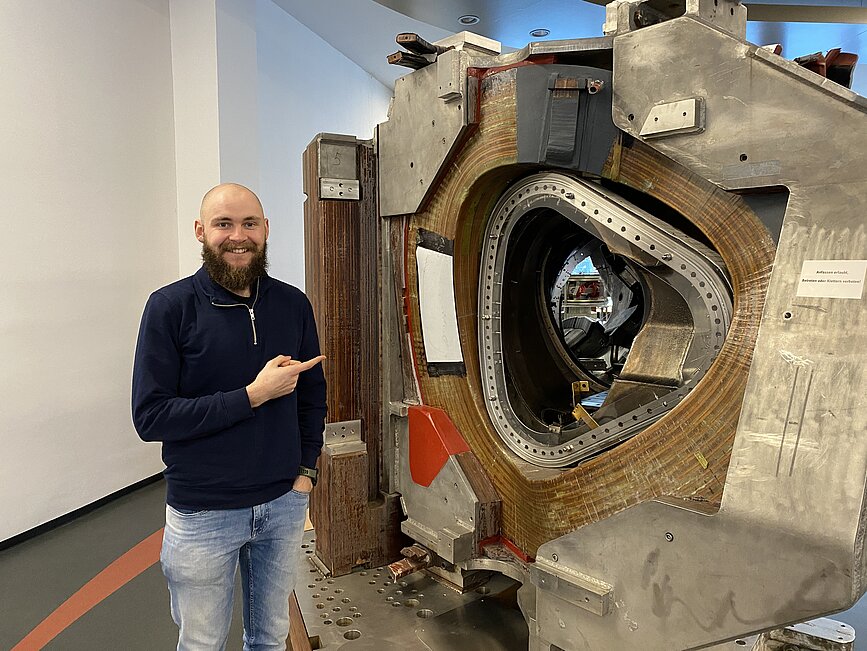Every year, the EUROfusion consortium awards research grants to talented young scientists from all over Europe to support their career development in the field of fusion research. Markus Markl from the Technical University of Graz is one of the 16 scientists to receive the Bernard Bigot Researcher Grant 2025.
With the Bernard Bigot Researcher Grants (ERG), named after the former Director General of the ITER Organization, EUROfusion finances individual research projects of post-docs for two years. The aim of the grants is to promote the excellence and career development of researchers already participating in the fusion program and to attract highly qualified potential candidates from outside the fusion research community. The Researcher Grants are intended to develop innovative ideas and techniques to advance EUROfusion's roadmap for fusion energy.
Markus Markl has been part of the research group of Assistant Professor Christopher Albert at the TU Graz since the beginning of 2021 and, together with this group, is part of the Austrian nuclear fusion program. Under the coordination of Fusion@ÖAW, they are involved in EUROfusion, the European consortium for the development of fusion energy.
Markus Markl successfully completed his doctoral studies on “Kinetic investigation of the bifurcation of resonant magnetic perturbations in magnetically conned plasmas and development of an integral response model” in spring 2024.
As part of his Bernard Bigot Researcher Grant, he will focus on the topic “Integral Plasma Response Modeling: Isotope Effects and Access Windows of RMP ELM Suppression”.
Achieving high performance plasma regimes such as the H-mode (high confinement mode) is crucial for optimal performance in a tokamak. However, instabilities, so-called Edge Localized Modes (ELMs), can occur repeatedly. These occur at the plasma edge and can significantly affect the lifetime of the wall materials due to transient heat and particle loads to plasma-facing components. Therefore, understanding and controlling these phenomena is crucial for optimizing tokamak performance and advancing fusion energy research. One experimentally verified method to suppress ELMs is to disturb the magnetic equilibrium field by small magnetic perturbations known as resonant magnetic perturbations (RMPs). However, since the plasma reacts to the perturbations with shielding currents, certain conditions must be met to effectively suppress the ELMs. In his work, Markus Markl theoretically and using computer simulations investigates how the plasma responds to these magnetic perturbations and what conditions are necessary to reliably suppress ELMs in future fusion reactors.
